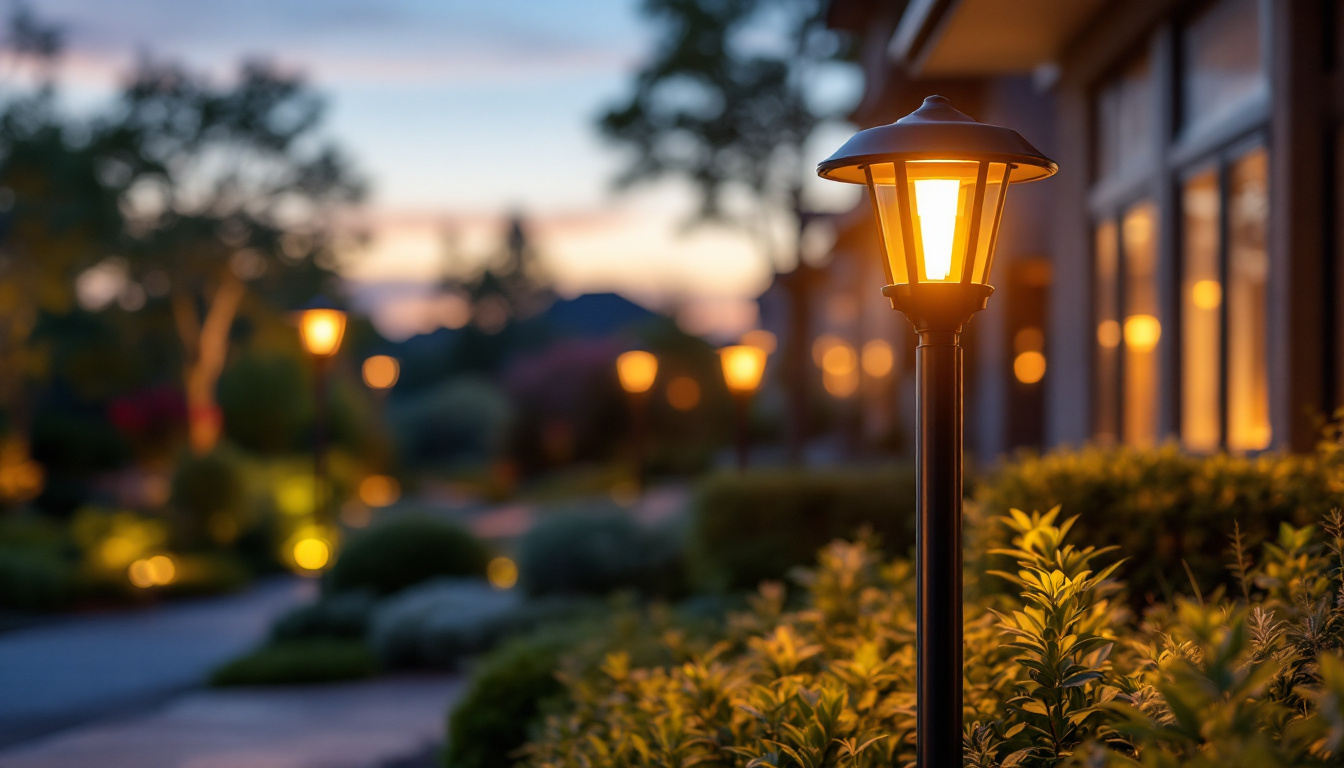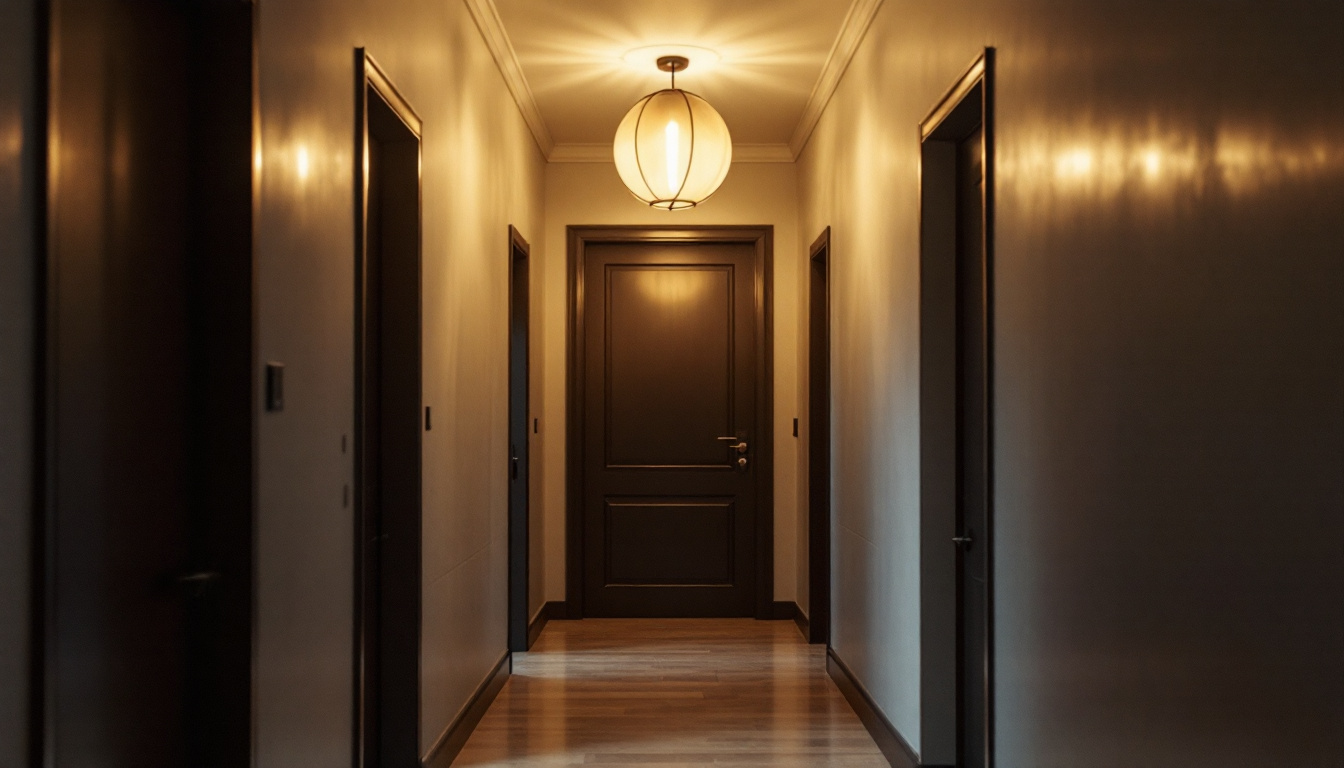
outdoor lighting is an essential aspect of landscape design, enhancing both safety and aesthetic appeal. For lighting contractors, understanding the best practices for installing outdoor lighting posts can significantly improve the quality of work and customer satisfaction. This article delves into the best practices that contractors should consider when working with outdoor lighting posts.
Outdoor lighting posts serve as a foundational element in landscape illumination. They not only provide necessary light but also contribute to the overall design and functionality of outdoor spaces. Before diving into installation techniques, it is crucial to understand the different types of lighting posts available and their specific applications.
Outdoor lighting posts come in various styles and materials, each suited for different environments and purposes. Common types include:
Choosing the right type of post is essential for meeting client expectations and ensuring long-lasting performance. Additionally, the aesthetic appeal of the lighting post can enhance the overall theme of the outdoor space. For instance, a vintage-style lamp post can complement a rustic garden, while sleek, modern LED posts can enhance contemporary landscaping.
Outdoor lighting posts can be used in various settings, including:
Understanding the intended application helps contractors select the appropriate lighting fixtures and placement strategies. For example, in residential settings, lighting posts can be strategically placed along walkways to not only illuminate the path but also to highlight landscaping features such as flower beds or decorative stones. In commercial environments, such as parks or shopping centers, lighting posts can serve a dual purpose: ensuring safety and enhancing the visual appeal of the space during nighttime hours.
Moreover, the height and brightness of the lighting posts can significantly affect their effectiveness. Taller posts may be necessary for larger areas, providing a broader spread of light, while shorter posts can create cozy, intimate spaces in smaller gardens. The choice of light color—warm white for a welcoming atmosphere or cool white for a more modern feel—also plays a crucial role in setting the desired mood for outdoor areas.
Proper installation is critical to the success of outdoor lighting projects. Following best practices ensures safety, durability, and optimal performance. Here are key considerations for contractors during installation.
Before any installation begins, a thorough site assessment is essential. This involves evaluating the landscape, existing structures, and potential obstacles. Key factors to consider include:
Effective site assessments can prevent costly mistakes and ensure a smoother installation process. Additionally, it is beneficial to take note of any existing natural light sources, such as nearby trees or buildings that may cast shadows during certain times of the day. This can influence the placement and intensity of the lighting fixtures, ensuring that the final outcome is both functional and aesthetically pleasing. Furthermore, documenting the site conditions with photographs can be invaluable for reference throughout the project and for future maintenance needs.
The height and spacing of outdoor lighting posts significantly impact their effectiveness. General guidelines suggest:
Contractors should also consider the beam spread of the chosen fixtures, as this will influence both height and spacing decisions. Moreover, it is essential to account for the specific activities that will take place in the illuminated areas. For instance, pathways may require lower lighting for a softer ambiance, while security lighting may necessitate higher placements for broader coverage. Engaging with the client to understand their intended use of the space can lead to a more tailored lighting solution that enhances both safety and enjoyment.
For contractors working with wired lighting systems, proper electrical installation is paramount. Key considerations include:
Neglecting these electrical considerations can lead to malfunctions and safety risks down the line. Additionally, it is advisable to plan for future upgrades or expansions by installing extra conduits and circuits where feasible. This foresight can save time and resources in the long run, allowing for easy integration of new lighting technology or additional fixtures as the needs of the space evolve. Regularly scheduled inspections of the electrical components post-installation can also help in identifying any wear or potential issues before they escalate into significant problems.
Effective outdoor lighting is not just about functionality; it’s also about aesthetics. Contractors should apply design principles that enhance the visual appeal of outdoor spaces. Here are some key design principles to consider.
Layering light involves using different types of lighting to create depth and dimension in outdoor spaces. This can be achieved through:
By effectively layering light, contractors can create a balanced and inviting atmosphere. Additionally, the strategic placement of light fixtures can guide the eye and create focal points within the landscape. For instance, using uplights to illuminate a majestic tree can create a stunning silhouette against the night sky, while downlights can mimic the natural effect of moonlight, enhancing the serenity of a garden or outdoor seating area. This thoughtful approach not only enhances safety but also transforms outdoor spaces into enchanting environments that can be enjoyed after sunset.
The color temperature of outdoor lighting can significantly influence the mood of a space. Generally, warmer color temperatures (2700K to 3000K) create a cozy and inviting atmosphere, while cooler temperatures (4000K and above) provide a more modern and vibrant feel. Contractors should consider:
Choosing the right color temperature is essential for achieving the desired ambiance. Moreover, the interplay of color temperature with seasonal changes can further enrich the outdoor experience. For example, during the warmer months, a soft, warm glow can complement the lush greenery and blooming flowers, creating an inviting space for gatherings. Conversely, during the winter months, cooler temperatures can evoke a crisp, clean aesthetic that pairs well with the stark beauty of bare trees and snow-covered landscapes. By considering these seasonal dynamics, contractors can ensure that their lighting design remains relevant and appealing throughout the year.
Once the installation is complete, ongoing maintenance is crucial for ensuring the longevity and performance of outdoor lighting systems. Contractors should educate clients about maintenance best practices, which include:
Encouraging clients to conduct regular inspections of their outdoor lighting systems can help identify potential issues before they escalate. Key areas to inspect include:
Regular inspections can prevent costly repairs and ensure consistent performance.
Seasonal changes can impact outdoor lighting systems, necessitating specific maintenance tasks. For instance:
Providing clients with a seasonal maintenance checklist can help them keep their outdoor lighting in optimal condition.
Safety is a top priority in outdoor lighting installations. Contractors should adhere to safety guidelines to protect both themselves and their clients. Key safety considerations include:
Each locality may have specific codes and regulations regarding outdoor lighting installations. Contractors should:
Compliance with local codes not only ensures safety but also protects contractors from potential legal issues.
Contractors should always use the proper tools and equipment for outdoor lighting installations. This includes:
Investing in quality equipment enhances safety and improves the overall quality of work.
Outdoor lighting posts are a vital component of landscape design, providing both functionality and aesthetic appeal. By adhering to best practices in installation, design, maintenance, and safety, lighting contractors can deliver exceptional results that meet and exceed client expectations. Understanding the nuances of outdoor lighting not only enhances the contractor’s skill set but also contributes to the overall satisfaction of clients, paving the way for future projects and referrals.
Ready to elevate your outdoor lighting projects with the highest quality fixtures at unbeatable prices? Look no further than LumenWholesale. Our spec-grade lighting selection is designed to meet the rigorous demands of any landscape, ensuring durability and performance that your clients will love. Say goodbye to local distributor markups and hello to cost-effective, wholesale solutions. With free shipping on bulk orders, LumenWholesale is your go-to source for premium lighting without the premium price tag. Wholesale Lighting at the Best Value — that’s our commitment to you. Start transforming your outdoor spaces today!

Discover how small hallway light fixtures can transform your space with effective lighting solutions.

Discover how LED light bulbs revolutionize safety in lighting installations.

Discover the essential guide for lighting contractors on selecting the best low voltage waterproof connectors.

Discover innovative strategies used by smart lighting contractors to enhance MIG welding environments.